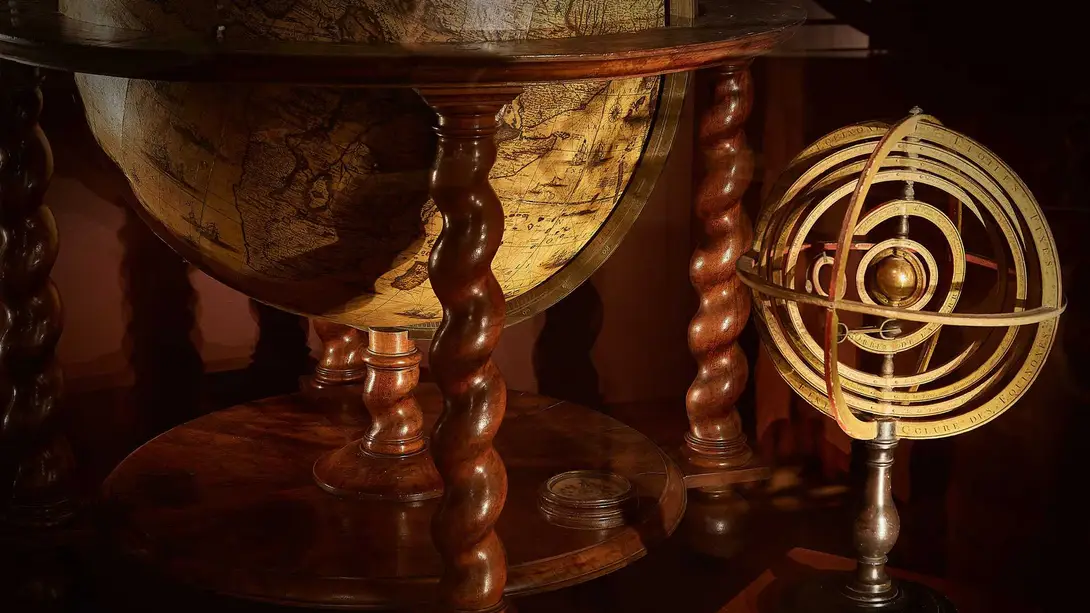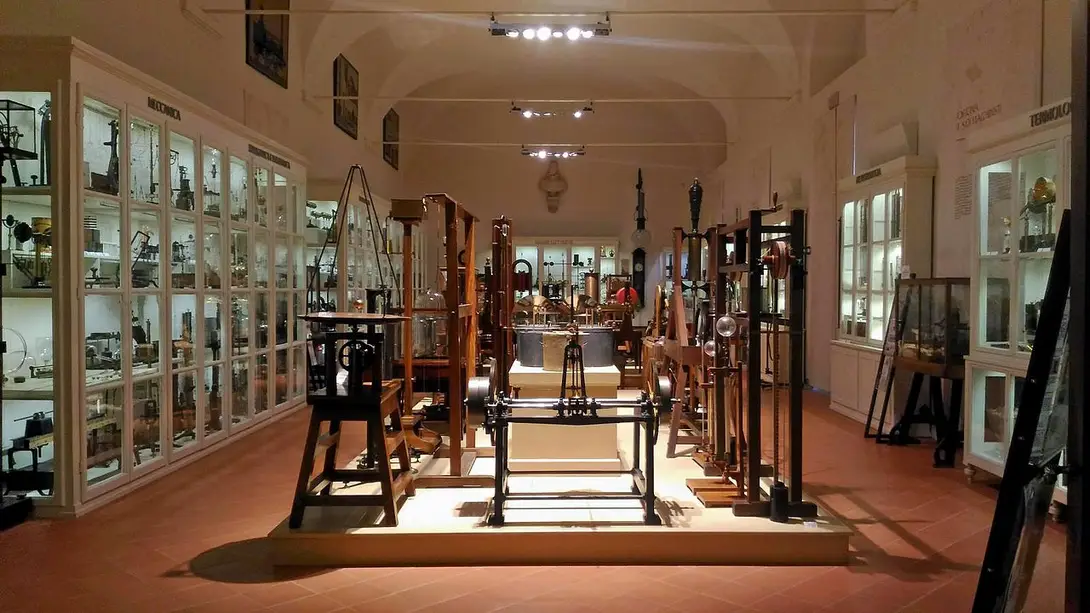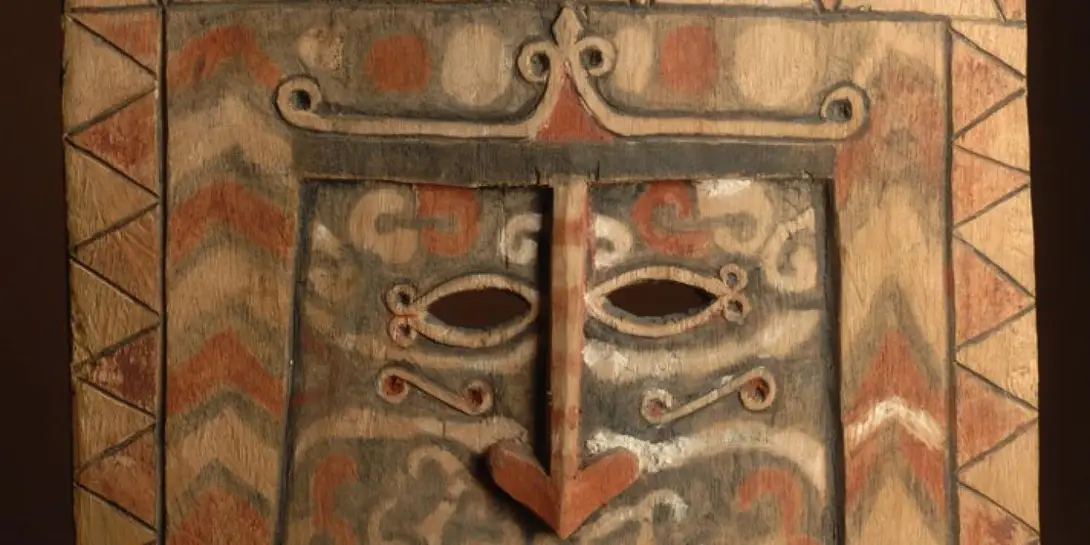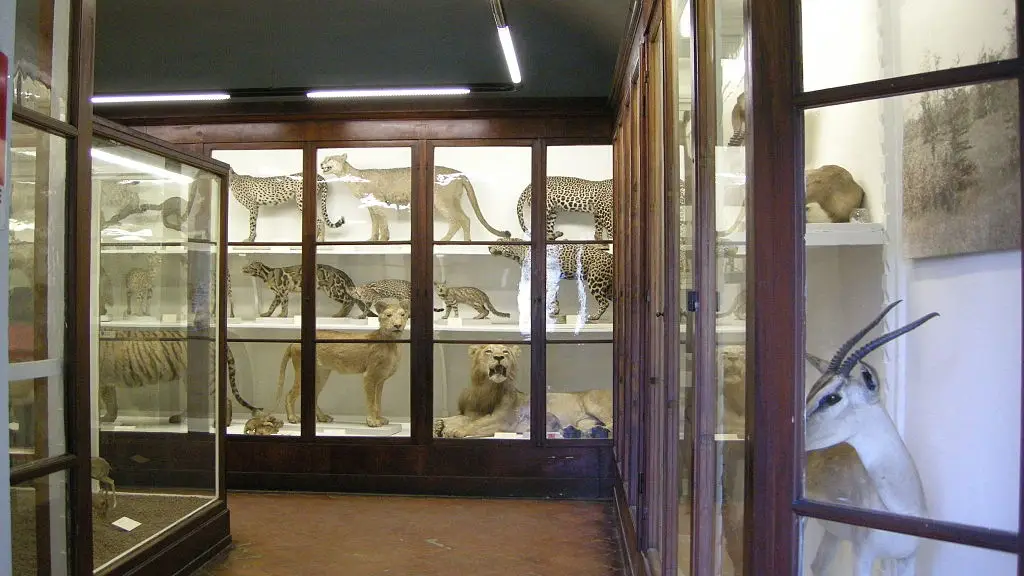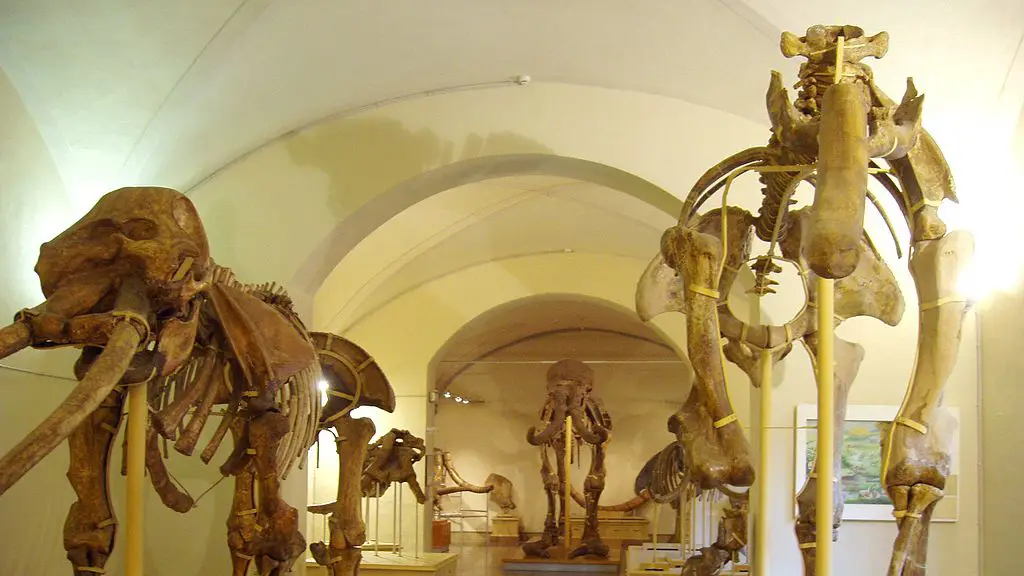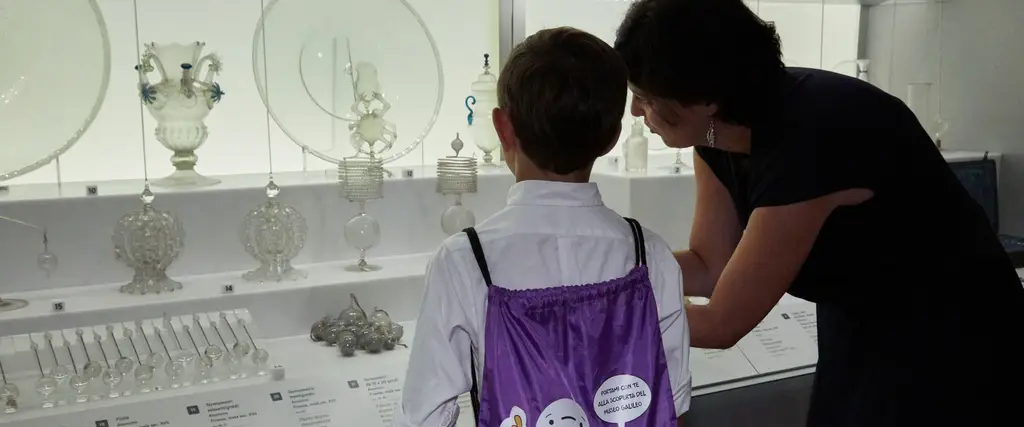
In the footsteps of science
Find a selection of the science museums of Florence, which are appealing to very young scientists.
Some of these museums date back to the Medici time, some of them are of our days, all of them are curious and fascinating.
They invite you to approach discoveries and visions of genius minds such as Galileo Galilei: at the Museo Galileo among many scientific instruments you find his telescopes.
The Natural History Museums of the University of Florence are made of different sections: theSpecola (now closed for restoration) or the Paleontology Section make the eyes of young visitors shine. In another section, that of Anthropology, you can travel between different cultures.
The Planetarium located at the Science and Technology Foundation reproduces the sky and you can move among stars, planets and galaxies like navigating on a spaceship bringing children close to astronomy in a funny way.
A different Florence, to be discovered with the scientists of tomorrow thanks also to the educational and family activities offered by the museums.
Museo Galileo
The places
Stages
Galileo Museum
The museum, formerly the ‘Museum of the History of Science’ of Florence, is dedicated to the famous Tuscan scientist, Galileo Galilei, to whom we owe great astronomical discoveries and the birth of the scientific method. It is a museum derived directly from the Museum of Physics and Natural Sciences commissioned by Pietro Leopoldo of Lorraine. It is organised according to chronological and thematic criteria and houses the main nuclei of the Medici (15th to 18th centuries) and Lorraine (18th and 19th centuries) collections of scientific instruments.
The themes range from astronomy to the measurement of time and space, from geography and cartography to meteorology, from mechanics to optics, from electricity and magnetism to chemistry and pharmacy. Of particular interest are the Renaissance mathematical and astronomical instruments and the section dedicated to Galileo, with frescoes and bas-reliefs depicting Galilean discoveries and the great scientist's instruments.
The museum offers a rich programme of educational activities, guided tours and workshops for children and families.
Museo della Fondazione Scienza e Tecnica
The Foundation has two main groups of items originating from the 19th-century collections of the Cabinet of Physics and the Cabinet of Natural History, together with the Technology Museum of the Tuscan Technical Institute.
The collection of the Cabinet of Physics has been reorganized in the rooms provided for it back in 1891, making the most of the original fittings. The collections of the Cabinet of Natural History comprise a vast number of items – over 47,000 in all – covering all the most important fields of natural history, and are of great educational value.
Lectures and meetings are held periodically in the Planetarium.
The foundation organizes activities for school groups and, every weekend, workshops and guided tours for children and families.
Museo di Storia Naturale dell'Università di Firenze - Anthropology and Ethnology
The Museum was founded in 1869 by the anthropologist Paolo Mantegazza who pursued the intent to collect the testimonies of human diversity: 18 rooms display prestigious and rich ethnographic collections, a document of great importance of the world's cultures.
There are objects of all kinds that illustrate the customs and traditions of various peoples: clothes, clothing accessories, ornaments and jewels; architectural elements, boats, idols and amulets; offense, defense and hunting weapons; tools for agricultural production, for fishing and for domestic life; home furnishing objects; musical instruments; liturgical objects of different cults; books, paintings and manuscripts. The oldest collections date back to the sixteenth and seventeenth centuries. They come from the collections of the Medici family who gathered refined objects from the New World.
Museo di Storia Naturale dell'Università di Firenze - Zoology - La Specola
La Specola Museum, which is part of the Natural History Museum of the University of Florence, is the oldest scientific museum open to the public: it will celebrate its 250th anniversary in 2025!
The Museum's collections are directly descended from the Medici collections, which did not only cover art but also exhibits of naturalistic interest and mirabilia. The Specola takes its name from the astronomical observatory established here by Grand Duke Peter Leopold of Lorraine in the in the observation tower (specola).
Among the museum halls that can be visited by appointment is the Tribuna di Galileo, dating back to 1841, decorated with frescoes and marbles illustrating Italian scientific discoveriesfrom the Renaissance to Alessandro Volta.
The museum is unique because of its collections: an extraordinary zoological collection that offers an almost complete view of existing animals, as well as extinct ones; the anatomical wax halls made in the museum's workshop in the 18th-19th centuries include the works of Gaetano Zumbo and Clemente Susini; and the Hall of Skeletons, an evocative space dedicated to vertebrates large and small. These exhibitions are complemented by two new visit routes - Botanical Waxes and Mineralogy.
A science-themed museum that boasts an extraordinary wealth of interest, both for adults and children, for the zoology section and for the minerals, some of them large, from all over the world. Please, check the museum's website for guided tours and activities for families with children.
Museo di Storia Naturale dell'Università di Firenze - Geology and Paleontology
The exhibition is dedicated to the fossils of large mammals, mollusks, and plants that illustrate the history of paleontology and are precious witnesses of the Earth's past.
Of great impact are the skeletons of southern mastodons and mammoths. There are also skeletons of a cavern lion, a leopard, a saber-toothed tiger who lived millions of years ago in Tuscany when the area was a savannah. Visitors can also admire skeletons of sirenians, large ancient herbivorous aquatic mammals, distant relatives of the elephants, and progenitors of the Dugongidae and the Lamantines still present in the Atlantic and the Indian Ocean.
The exhibition wraps up with the modern Sala della balena (the Whale Room), an immersive space in which the visitor can walk "on the bottom of the sea", next to the 10-metre long skeleton of a Balenopteridae lived three million years ago and today exhibited with the remains of the animals that have fed on the carcass, from the great sharks to the very small bone-eater worms.
The museum's website provides the schedule for guided tours and activities for families with children.
